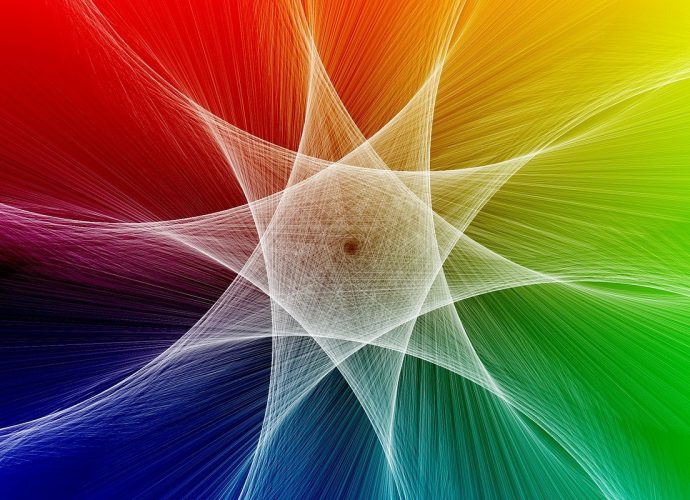What Element Do Atomic Clocks Use?
Atomic clocks are designed to measure the precise length of a second, the base unit of modern timekeeping. The International System of Units (SI) defines the second as the time it takes a caesium-133 atom in a precisely defined state to oscillate exactly: 9 billion, 192 million, 631 thousand, 770Read More →







